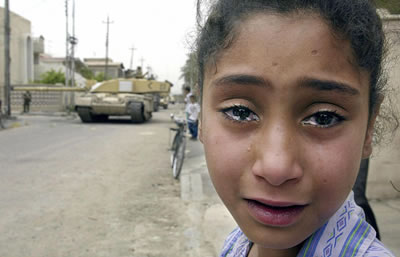Thanks to our friend Jayne we got some tickets to the big press welcome party at Elitches (Denver’s biggest amusement park, located in the Central Platte Valley near downtown). Thousands of people, music, local politicos, free beer and food. Most of our evening was spent watching adults playing midway games for free, and then walking around like oversized 8 year olds with their collection of stuffed animals.
The welcome address was in the Elitches theater, where we were kept at a very safe distance from those making their presentations. Like, several hundred feet away. Apparently, the event was designed to cater to the 20 or 30 photographers with press passes.

Okay, you can’t see much in that panorama, so here’s as good a close up as I could come by from the cheap seats. If you squint you can see our governor Bill Ritter, mayor John Hickenlooper, Senator Ken Salazar, and attorney Steve Farber, who is apparently responsibly for raising a lot of the 50 million bucks it took to bring this party to town.

At least the speeches were mercifully short, and there was one of the best national anthems I’ve heard (sung by the performers at PhaMaLy), and some great dancing in full regalia by representatives of the Southern Ute, Ute Mountain, and Northern Ute tribes. Unfortunately, we were too far away to get a decent photo.
Once the official presentation was over we were treated to a performance by the Flobots. The Flobots offer a high energy combination of rap and rock with a classical flair (really!), and their politics are terrific. Fortunately, the crowd was allowed to get down to the stage during their performance.

Regarding their intentions for the convention, they put out this statement on their website:
During the DNC we will seek to embody the change we wish to see in the world by behaving as citizens of an America that does not yet exist. We invite you to join us.
You have to love a band that quotes Langston Hughes:
“America never was America to me, and yet I swear this oath – America will be!”
The evening ended up with enough fireworks to scare the dog, who was cooped up in the house a half mile away.







 I can across a site today that takes a more sophisticated and realistic approach.
I can across a site today that takes a more sophisticated and realistic approach.  Paul Polak of
Paul Polak of 


